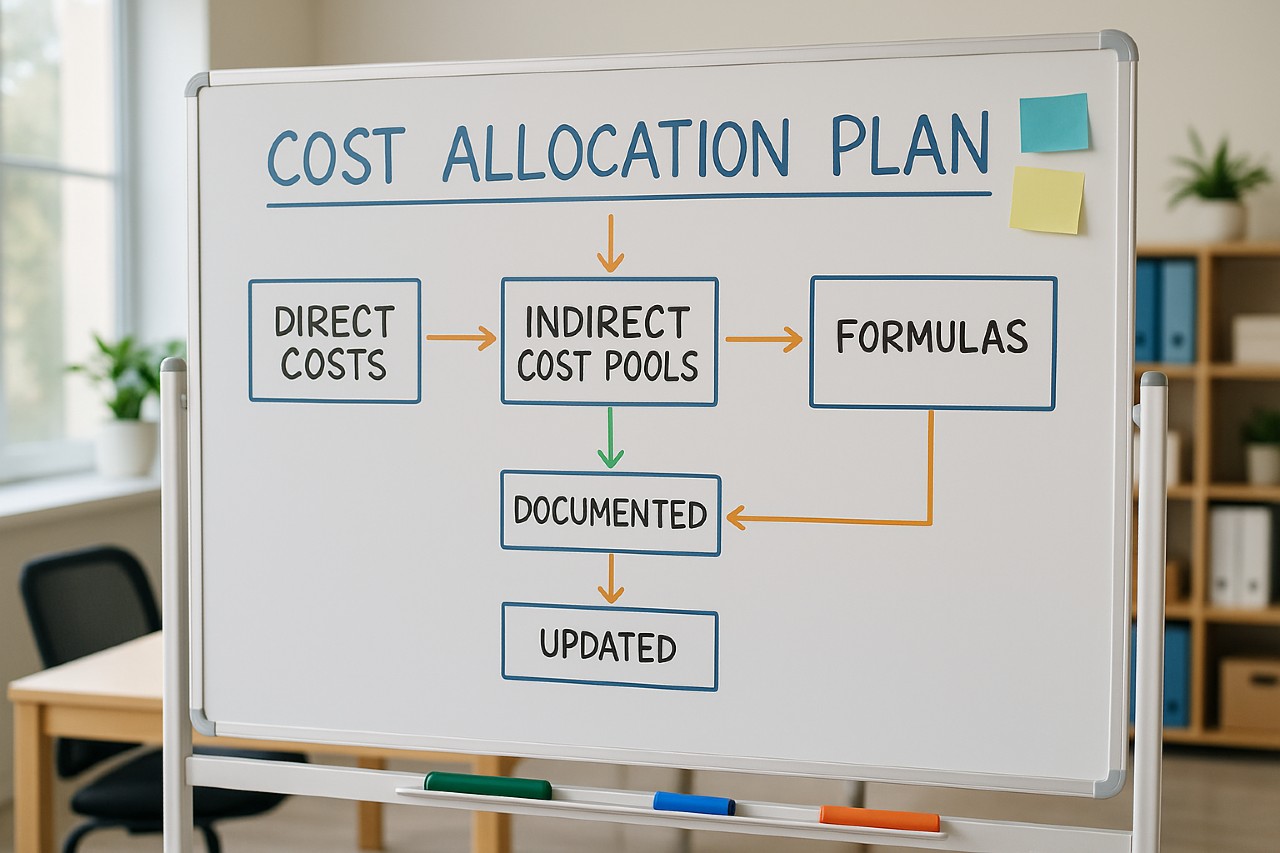Did you know that having a solid strategic plan can actually make or break a nonprofit? Yep, it’s true. Smart planning isn’t just for big corporations; it’s the secret sauce for nonprofits too. Whether you’re running a cozy cat rescue, a sprawling farm sanctuary, or a scrappy dog shelter—having a roadmap helps you get where you’re going (with fewer detours and breakdowns).
- Understand what strategic planning really is.
- Prepare your team and stakeholders for the process.
- Turn goals into a practical, living roadmap.
A strategic plan keeps your mission, money, and energy all pointed in the same direction.
Understanding Strategic Planning
What is strategic planning?
Alright, let’s break this down. Strategic planning for nonprofit organizations is like mapping your road trip—complete with rest stops, snacks, and a backup route. It’s about setting a direction, defining goals, and figuring out the steps to achieve those goals. Solid financial management is a key piece of this puzzle.
Why strategic planning is crucial for nonprofits
- Keeps everyone on the same page.
- Helps you use resources wisely.
- Provides a clear strategic direction.
Expected benefits of having a strategic plan
- Clarity and focus: Your team will know what to work on and when.
- Better fundraising strategy: Align goals with bookkeeping best practices.
- Improved decision-making: Decisions get easier with a roadmap.
- Increased accountability: Roles and expectations become clearer.
- Future-proofing: Plan ahead for growth and surprises.
Preparing for Strategic Planning
Mission and Vision Review
Are your mission and vision statements still relevant? Your mission is your daily drive; your vision is your end game. Take time to refresh them if needed.
SWOT Analysis
Do a good old SWOT (Strengths, Weaknesses, Opportunities, Threats) analysis. This includes reviewing financial statements and internal controls.
Stakeholder Engagement
Identifying Key Stakeholders
Board members, volunteers, staff, donors, community partners—get them in the mix early.
Engagement Methods
- Surveys: Quick and easy feedback.
- Focus groups: Small discussions, big insights.
- Interviews: Deeper dives with key folks.
Don’t forget to factor in your 990 filing and audit planning when building trust with stakeholders.
- Review mission & vision with your board.
- Pull your latest financial statements and 990.
- List your top 10–20 stakeholders to involve.
Developing the Strategic Plan
Setting Goals and Objectives
Goals = big dreams. Objectives = baby steps. Make them SMART: Specific, Measurable, Achievable, Relevant, Time-bound.
Strategic Priorities
- Program Development: Expand or refine your services.
- Fundraising: Try new campaigns or partnerships.
- Marketing: Refresh your outreach and brand storytelling.
Action Plans
- List out action steps.
- Assign tasks and deadlines.
- Be flexible—life happens!
- “Increase monthly donors by 25% in 12 months.”
- “Launch 1 new program in the next 18 months.”
- Who is responsible?
- By when?
- What resources are needed?
Implementing the Strategic Plan
Communication Strategy
- Internal Communication: Keep everyone in the loop using Slack, Zoom, or carrier pigeon (whatever works).
- Updates: Share wins and lessons learned. Keep it real and relatable.
Resource Allocation
- Budgeting: Consider fractional CFO services to help keep your budget aligned with your goals.
- Staffing: Train your team and give them the tools they need to succeed.
Monitoring and Evaluation
- Track KPIs: Fundraising success, program impact, community engagement—you name it.
- Review regularly: Monthly, quarterly—whatever works for your team.
- Monthly: Team check-in on goals and KPIs.
- Quarterly: Board review of progress and priorities.
- Annually: Bigger refresh of the plan and assumptions.
Challenges and Solutions
Common Challenges
- Resistance to change: Not everyone will be on board right away.
- Limited resources: You’re stretched thin. We get it.
- Stakeholder buy-in: Herding cats is easier than getting everyone aligned sometimes.
How to Overcome Them
- Ease into change: Baby steps, open dialogue, and empathy go a long way.
- Collaborate: Team up with other rescues or community groups to pool resources.
- Keep talking: Regular feedback loops help keep buy-in strong.
Frequently Asked Questions
How often should a nonprofit update its strategic plan?
Every 3 to 5 years is ideal. But do a mini check-in each year to keep it fresh and responsive.
Do small nonprofits really need a strategic plan?
Absolutely! Especially if you’re juggling limited staff and time. A plan helps you focus your energy where it counts.
Can volunteers be involved in strategic planning?
Yes, and they should be. Volunteers offer unique perspectives and often know your day-to-day operations better than anyone.
Final Thoughts: You’ve Got This!
Strategic planning for nonprofit organizations doesn’t need to feel overwhelming. Think of it as creating a thoughtful, flexible game plan. Keep your mission front and center, involve your people, stay honest about your resources, and never stop adjusting as you go.
And remember—you don’t need to do this alone. If you ever need help reviewing your financials or planning your budget, check out:
- Financial Statement Review Service for Nonprofits
- Tax Filing for Nonprofits 990
- Fractional CFO Services for Nonprofits
- Pick 3 big priorities for the next 12–18 months.
- Schedule a 2–3 hour “mini retreat” with your core team or board.
- Decide how you’ll track progress (simple dashboard, spreadsheet, or report).
You’ve got this, my friend. Now get out there and lead your nonprofit like the powerhouse you are!







